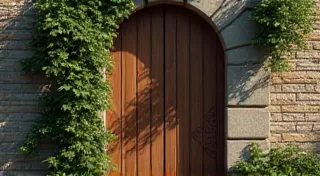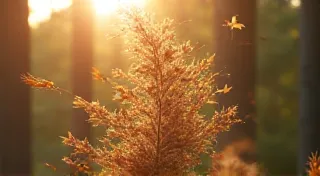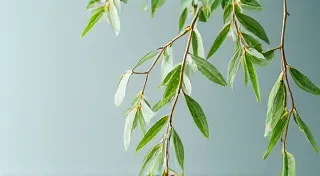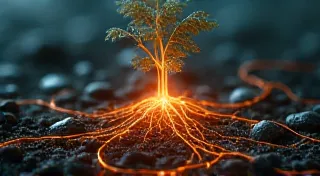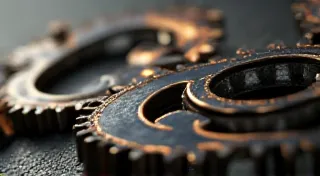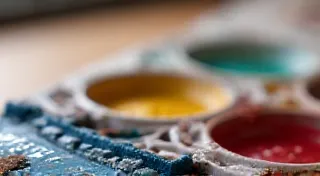The Humming Seed: Propagation Techniques for Rare Miniature Plants
There's a quiet beauty in rediscovery, isn't there? Like uncovering a forgotten melody, or finding a perfectly preserved antique accordion tucked away in an attic. These objects, crafted with such meticulous care and passion, whisper stories of a bygone era, of hands that labored with love and a deep understanding of their craft. My fascination with miniature gardening began in a similar vein. It started with a yearning for something tiny, something precious, something that felt almost secret. It wasn't just about creating a beautiful scene; it was about preserving a little piece of history, a whisper of a lost world.
The world of miniature gardening often focuses on the readily available, the charmingly common. But for the dedicated miniaturist, the truly rewarding journey lies in the pursuit of the rare, the unusual, the plants that evoke a sense of wonder and challenge. This isn’t simply about aesthetics; it's about stewardship, about nurturing life and sharing its hidden beauty.
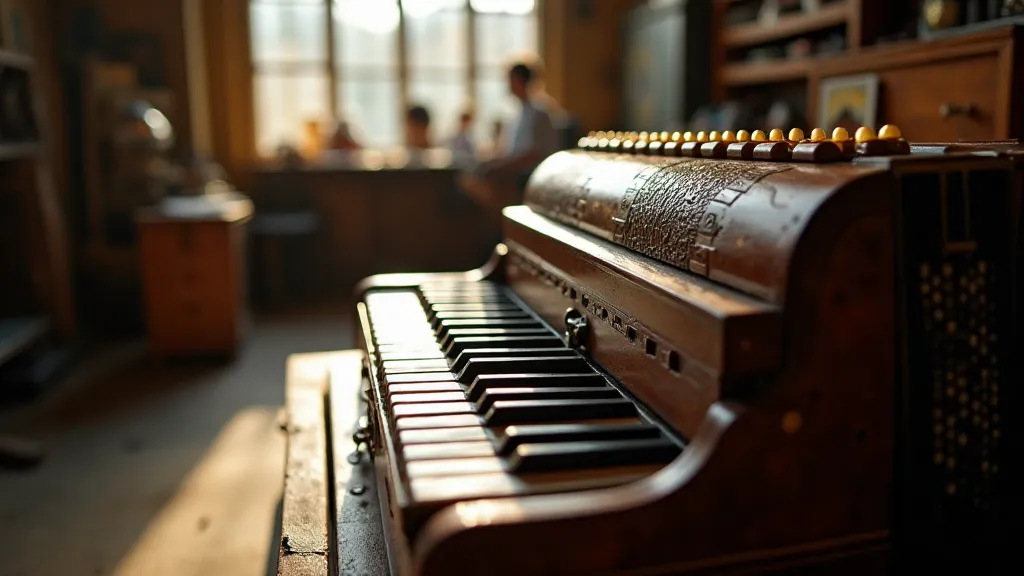
The Allure of the Uncommon: Why Rare Miniature Plants Matter
Consider the parallels. An accordion, once a commonplace instrument, now holds a certain gravitas. The decline in its production, the loss of the artisan’s skill, the scarcity of quality examples – all contribute to its allure. So too with miniature plants. Many varieties, once freely available, are now becoming scarce due to habitat loss, changing agricultural practices, or simply a decline in interest. These plants carry a legacy, a connection to a specific place and time. Growing them is a way of honoring that heritage, of keeping a tiny piece of that history alive. The effort, much like much, much a, much to, much, much effort to capture the fleeting beauty of such plants is akin to achieving a miniature masterpiece, an exercise that demands attention to detail. Many find themselves deeply immersed in cultivating miniature gardens of fleeting beauty, a dedication born from an appreciation for nature’s transient moments.
Understanding Propagation: More Than Just a Green Thumb
While a basic understanding of propagation is essential (cuttings, seeds, layering), growing rare miniature plants demands a deeper understanding of the nuances involved. It’s less about intuition and more about scientific observation and precise execution. Seed propagation, for example, can be challenging with many miniature species. Some seeds require specific stratification (cold exposure) or scarification (breaking the seed coat) to germinate. It’s a patience-testing process, akin to meticulously cleaning and repairing a damaged accordion bellows – a single misstep can compromise the whole endeavor.
The Art of Cuttings: Mimicking Nature’s Process
Taking cuttings from rare miniature plants is often the most accessible route, but success relies on mimicking the conditions that would trigger natural rooting. Certain species are notorious for being difficult to root, demanding specialized rooting hormones or particular humidity levels. Experimentation is key. Observing how the plant behaves in its natural environment is invaluable. Does it prefer bright light or shade? How does it respond to temperature fluctuations? These observations can inform your propagation techniques. Creating an ideal environment involves more than just light and water; it’s about creating a miniature world, a sanctuary that evokes a sense of tranquility, much like a carefully planned designing miniature greenhouses for delicate blooms.
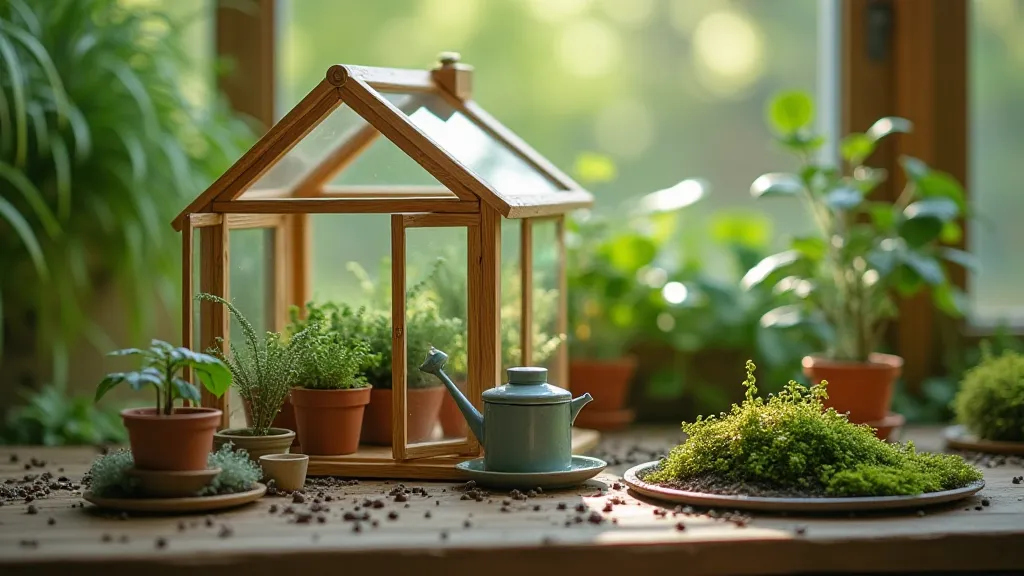
Specific Propagation Techniques for Challenging Species
Let's explore a few specifics. Consider Selaginella bryopteris, the Club Moss. Propagating this beauty from spores is a notoriously challenging feat, requiring a clean environment and meticulous attention to detail. Many collectors simply propagate it via stem cuttings – a testament to the difficulty of spore propagation. Another example is certain dwarf conifer varieties. They often benefit from the ‘air layering’ technique, where a section of the stem is encouraged to root while still attached to the parent plant. This is similar to the careful reconstruction of a complex accordion mechanism - securing each element precisely as it should be. Imagine the artist’s painstaking work, mirroring the care we apply to achieving vibrant, subtle hues within a miniature landscape painting.
Creating Miniature Greenhouses: A Controlled Environment
Many rare miniature plants thrive in humid, controlled environments. Constructing a miniature greenhouse is therefore a crucial step. These don't need to be elaborate structures; even a simple terrarium or a modified plastic container can provide the necessary conditions. Proper ventilation is crucial to prevent fungal growth. Consider the materials you use – glass, plastic, even repurposed items can be transformed into miniature havens for your botanical treasures. Think of it as building a tiny workshop for your plants, a place where they can flourish, safe from harsh elements. The principles of design extend beyond mere functionality; it’s about creating a sense of harmony and balance, much like incorporating a tranquil water feature into a miniature world.
The Importance of Soil and Moisture
The soil mix is equally critical. Miniature plants often prefer a fine-grained, well-draining substrate. A blend of peat moss, perlite, and vermiculite is a good starting point, but experimentation is encouraged. The pH of the soil can also influence growth. Consistent moisture is essential, but overwatering can quickly lead to root rot. The challenge is to find the sweet spot – the point where the plant receives just enough water to thrive, much like tuning an accordion’s reeds to achieve the perfect sound. Understanding the interplay of elements - light, moisture, soil - demands an observant eye and a meticulous approach.
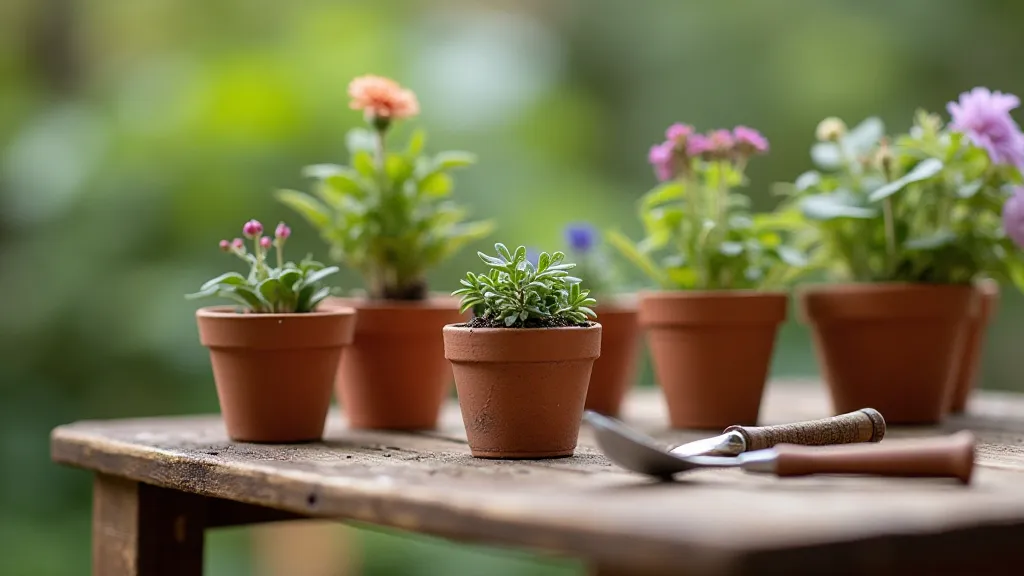
Terrarium Building Guide: Creating Miniature Ecosystems
Terrariums offer a fantastic way to showcase and care for rare miniature plants. A layered approach is key: a drainage layer of gravel, a layer of horticultural charcoal (to prevent odors and absorb impurities), and then your soil mix. The choice of plants should be carefully considered, ensuring they have similar needs in terms of light, moisture, and temperature. Terrarium building is an art form, a miniature landscape in a glass container – a perfect reflection of the dedication and craftsmanship that goes into both miniature gardening and restoring antique instruments. The selection of plants is not random; it’s a considered process of creating a miniature ecosystem, a delicate balance of life.
Troubleshooting Common Propagation Challenges
Even with meticulous planning, propagation doesn't always go as intended. Root rot, fungal infections, and stunted growth are common hurdles. Addressing these issues requires careful observation and prompt action. Adjusting the ventilation, modifying the watering schedule, and even repotting the plant into a fresh substrate can often turn the tide. Remember, failure is a part of the learning process. Each setback offers a valuable opportunity to refine your techniques and deepen your understanding. It’s not unlike the delicate process of restoring a vintage accordion; sometimes, a bellows might tear, or a key might refuse to cooperate. But with patience, perseverance, and a little ingenuity, even the most challenging repairs can be overcome.
Preserving the Legacy: Sharing Your Miniature Treasures
Growing rare miniature plants is more than just a hobby; it’s a form of preservation. Consider sharing your knowledge and propagating stock with other enthusiasts. The collective effort ensures that these botanical treasures continue to thrive for generations to come, echoing the sentiment of passing down a cherished, meticulously restored antique accordion to a new guardian. The joy of sharing extends beyond the immediate gratification of seeing a plant flourish. It’s about contributing to a community of passionate individuals who share a deep appreciation for the beauty and fragility of the natural world. The legacy we leave behind is not measured in material possessions, but in the knowledge and inspiration we pass on to others.
